One can survive without taking food for several days, even weeks. This is because the body gradually turns to stored proteins and fat in the body converting them to energy. However, once you cut off your supply of water, the end will definitely come in a matter of days. It is as simple as; water is essential for life.
Now, as much as it is crucial for survival, you have to be very keen on the water you drink.
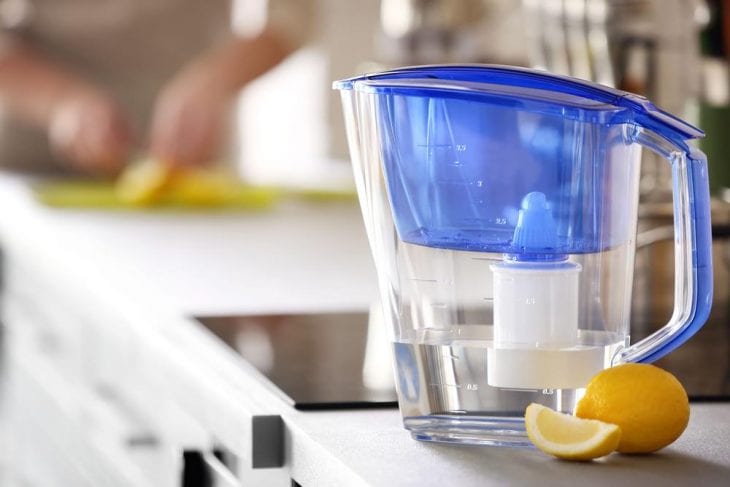
Source: Water Filters
Contents
Why so?
The water provided by both ground and surface water sources typically contains a number of contaminants. These include bacteria, microscopic organisms, and heavy metal among several others. Drinking this water can result in very serious health conditions. Unfortunately, most of these contaminants cannot be detected with the naked eye. This is why you should have a water filtration system installed in your home or property. To find the best water purifier for home, you may visit reviewcircles.
What is this water filtration system?
In the simplest term possible, water filtration can be defined as the process, or rather system used to sieve out pollutants and any particle for that matter from drinking water. Keep in mind that this doesn’t necessarily have to be a purifier. This is simply any faucet featuring a filter able to sieve out any sediment, chlorine taste, bacteria, and any other particles. To get more specific ideas, you could visit waterfilterdata.org. There are several different types of water filtration systems research by waterfilte
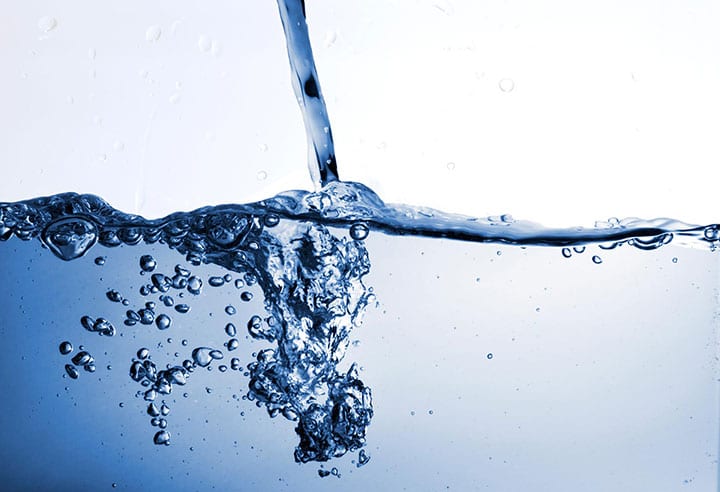
Source: homewatersystems.ca
So, how do water filters function?
Water filters function differently depending on the contaminants you are looking to eliminate. Remember that you need to have your water tested before purchasing a filtration system in order to determine the type of contaminants to be removed.
Subject to one’s application, most filters work using 5 common techniques. These include the following:
1. Mechanical
Mechanical filtration systems simply work by physically sieving any dirt, sediment, and any other contaminants that may be present in your water. This is done using a barrier. The barrier can really be anything from a ceramic filter to a mesh. A ceramic filter usually has a very complex pore structure meant to filter fine matter.
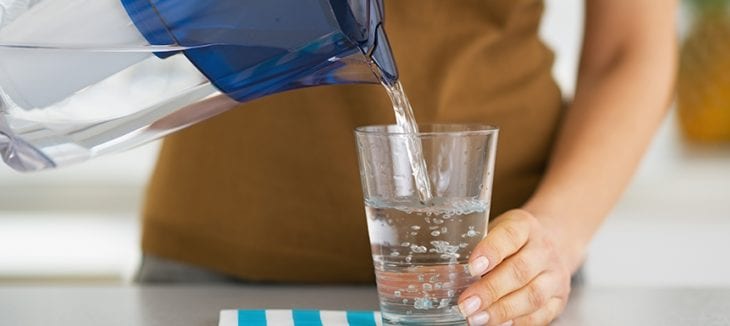
Source: EWG
2. Sequestration
Sequestration is simply the chemical process of isolating a substance from a mixture. Polyphosphate is the most common additive used in water filters for the sequestration of magnesium and calcium. These are two popular contaminants responsible for limestone formation and corrosion. Note that this polyphosphate is usually introduced in very small amounts and only works to inhibit scale and not eradicate it. This means that it functions by keeping the minerals within the solution hence preventing it from scaling on any surfaces.
3. Reverse Osmosis
Reverse Osmosis, commonly abbreviated as RO is a filtration process that eradicates dissolved impurities from water by filtering the mixture through a semipermeable membrane. This is done by forcing water through the membrane at significantly high pressure thus out-letting pure water leaving behind most of the contaminants.
RO is actually one of the most effective means of purifying water. Usually, this technique is combined with others such as carbon filtering and mechanical to let out very clean water.
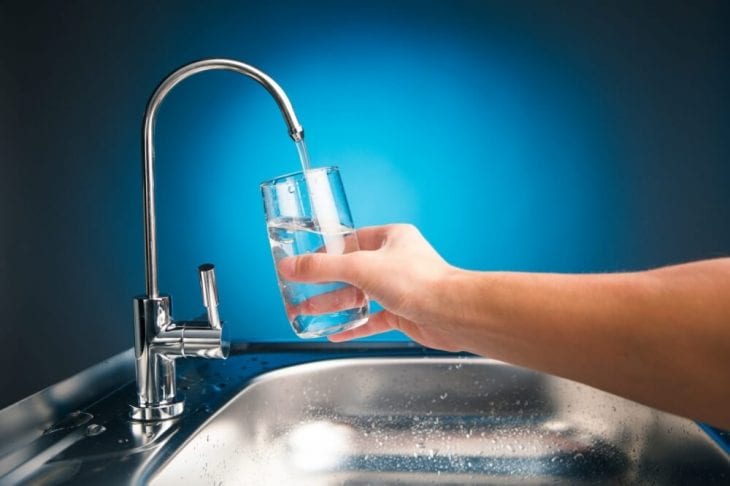
Source: Small Footprint Family
4. Ion Exchange
Ion exchange is the process used by some filters and all water softeners to soften hard water. As implied by the name, the process simply involves replacing calcium and magnesium, hard minerals with hydrogen and sodium ions. Unlike sequestration which inhibits these hard metals, ion exchange actually physically removes them reducing the chances of limescale formation in the water.
5. Absorption
Absorption is a water filtration technique that usually makes use of carbon fitted in filters to eliminate contaminants. With its significantly large internal surface packed with crannies and nooks, carbon is able to trap any chemical impurities in the water including chlorine.
The majority of the domestic filters used in homes are usually fitted with granular activated carbon (GAC) which plays a very important role of significantly reducing or rather completely eliminating unwanted odors and tastes. More efficient filters make use of carbon blocks which are actually more effective in purifying water than the latter. A number of other different elements and substances including coconut shells and wood can be used in place of carbon.
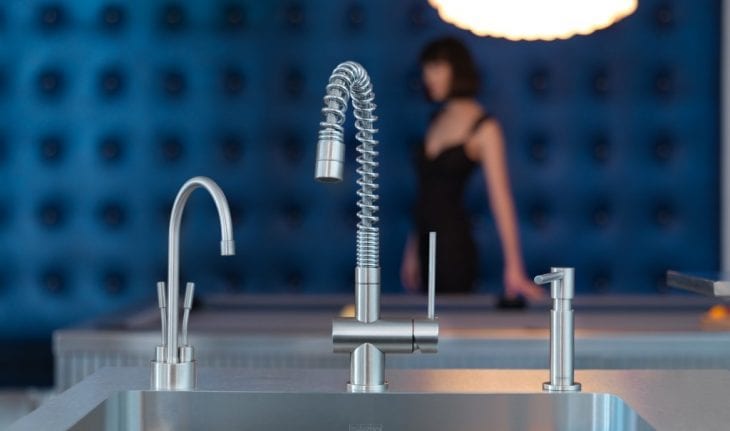
Source: ozdrowiudlaciebie.info
Conclusion
Basically, these are the top 5 techniques used by water filtration systems to clean water. Other filters implement one of the strategies above whereas some combine two or more processes to ensure that the water is thoroughly cleaned.
